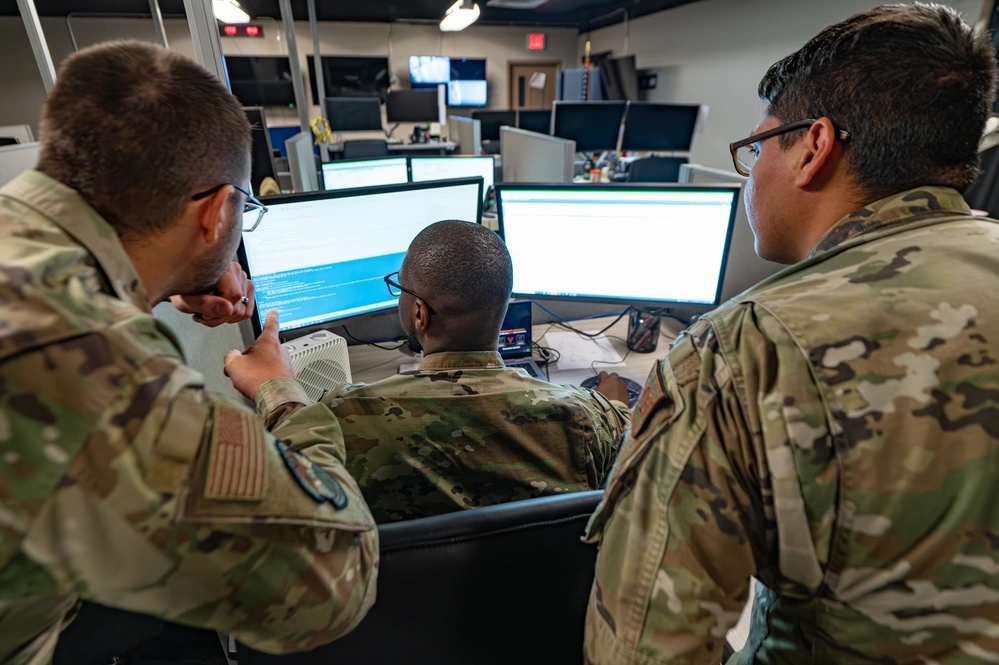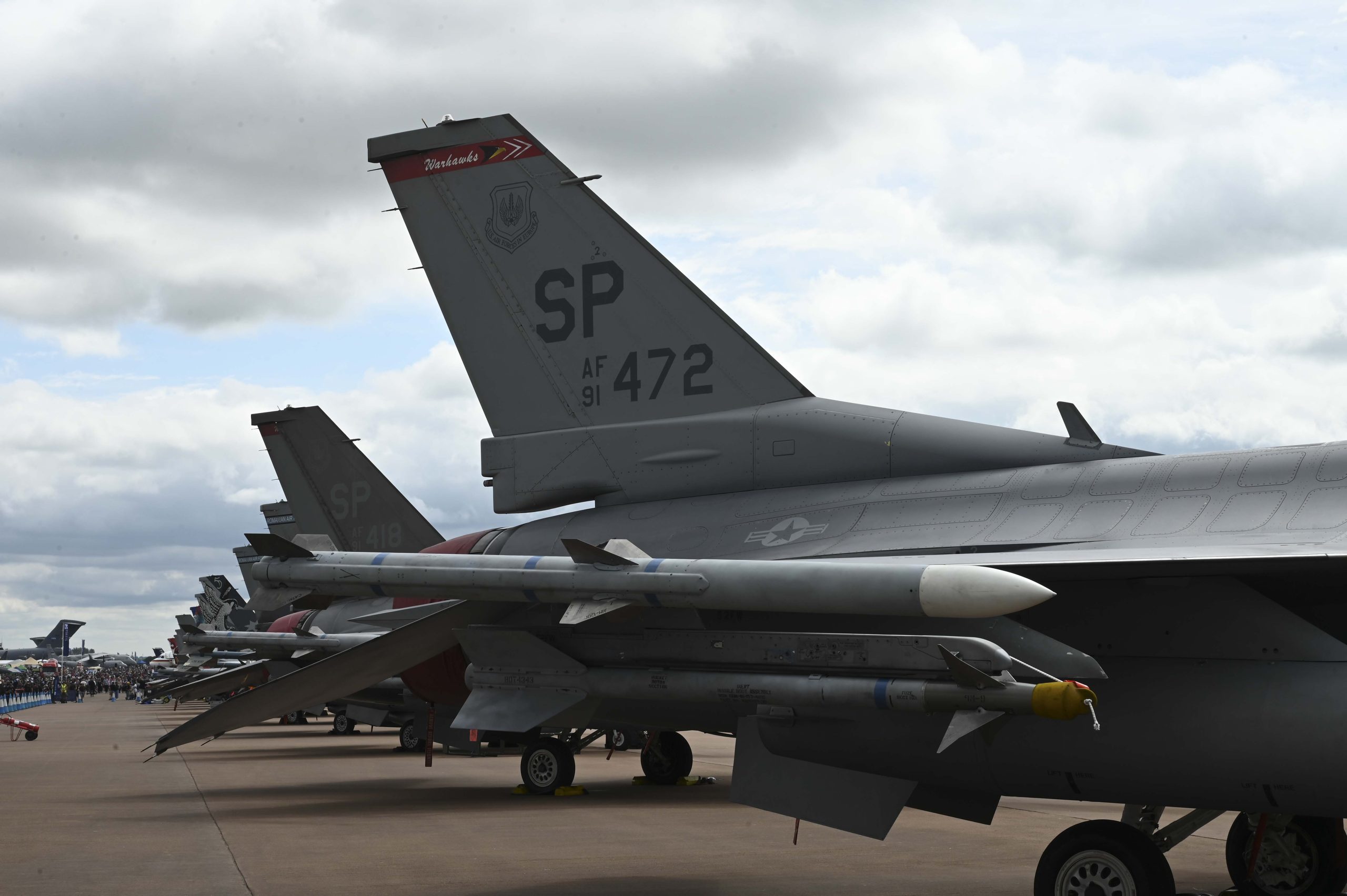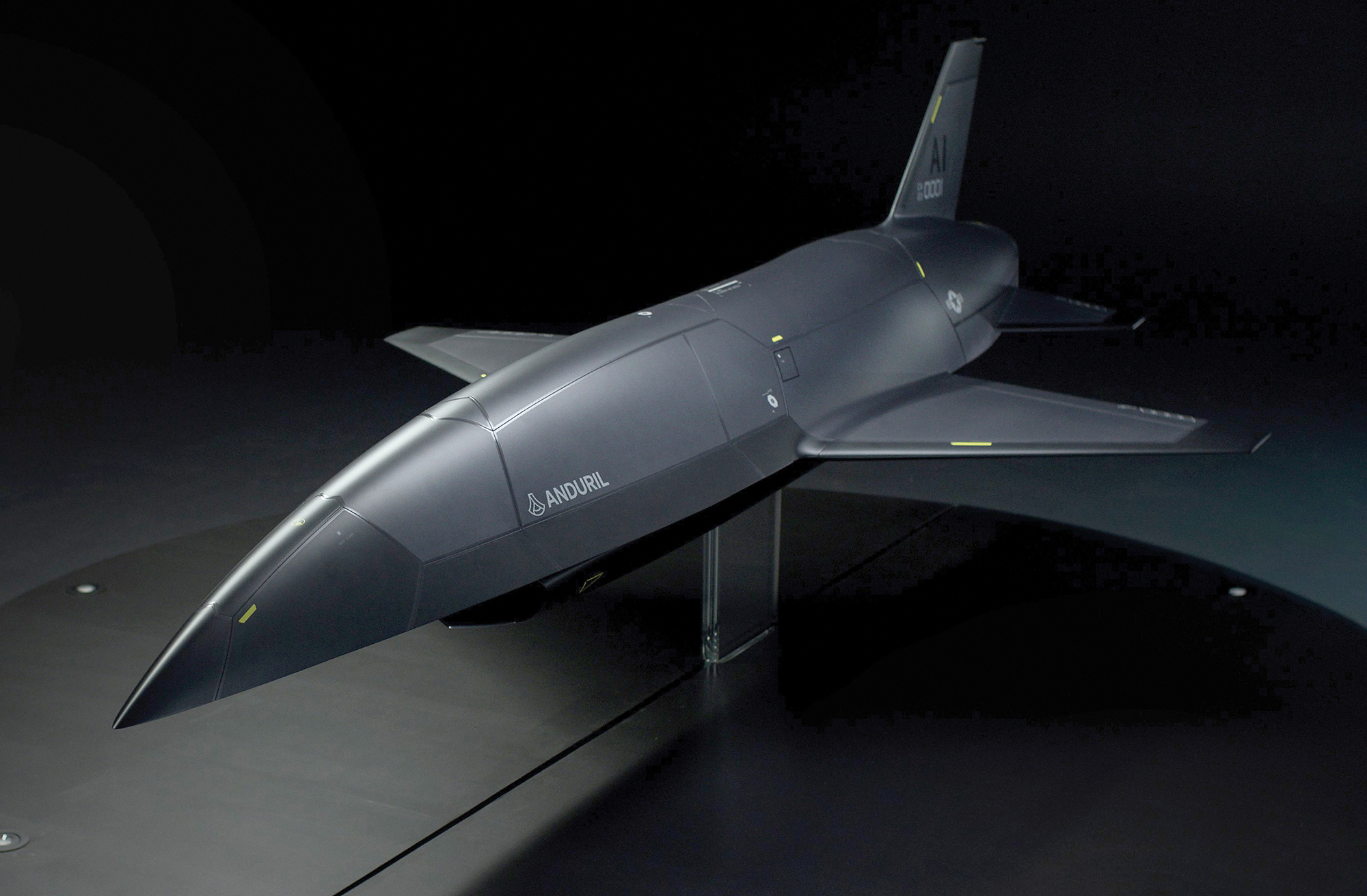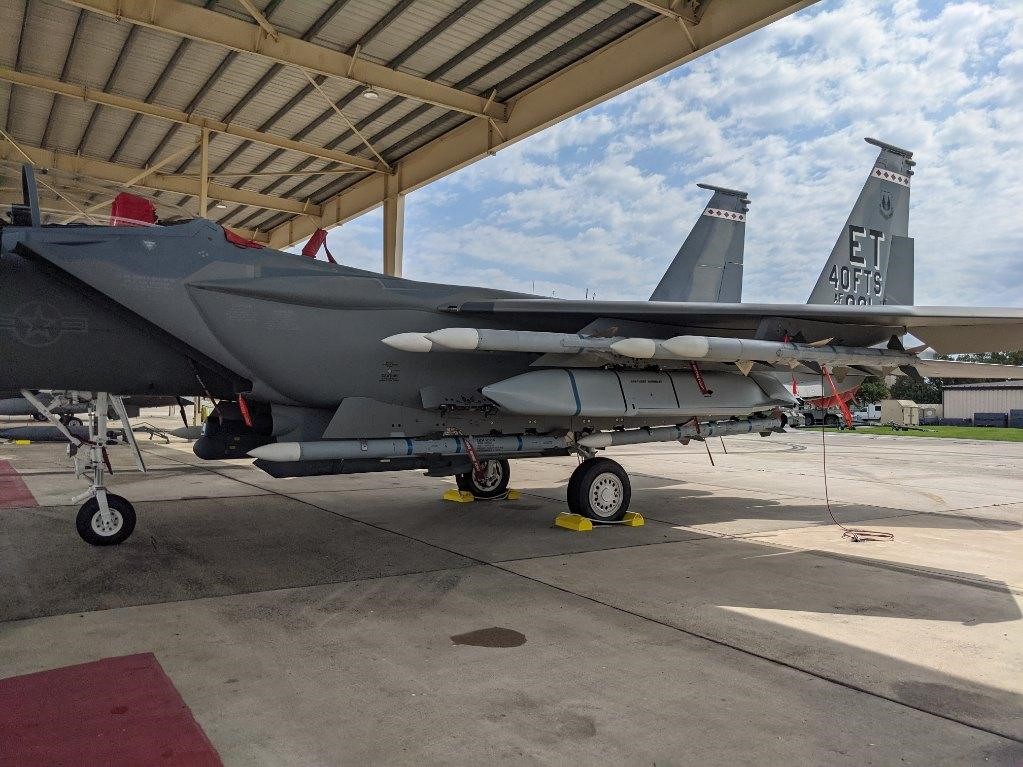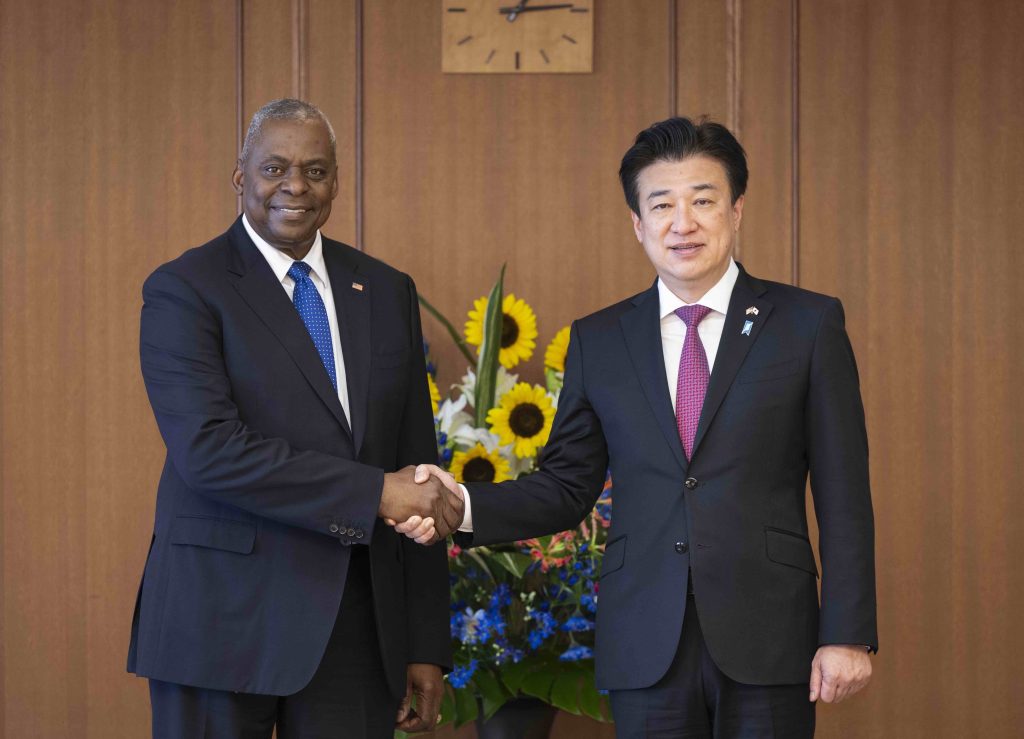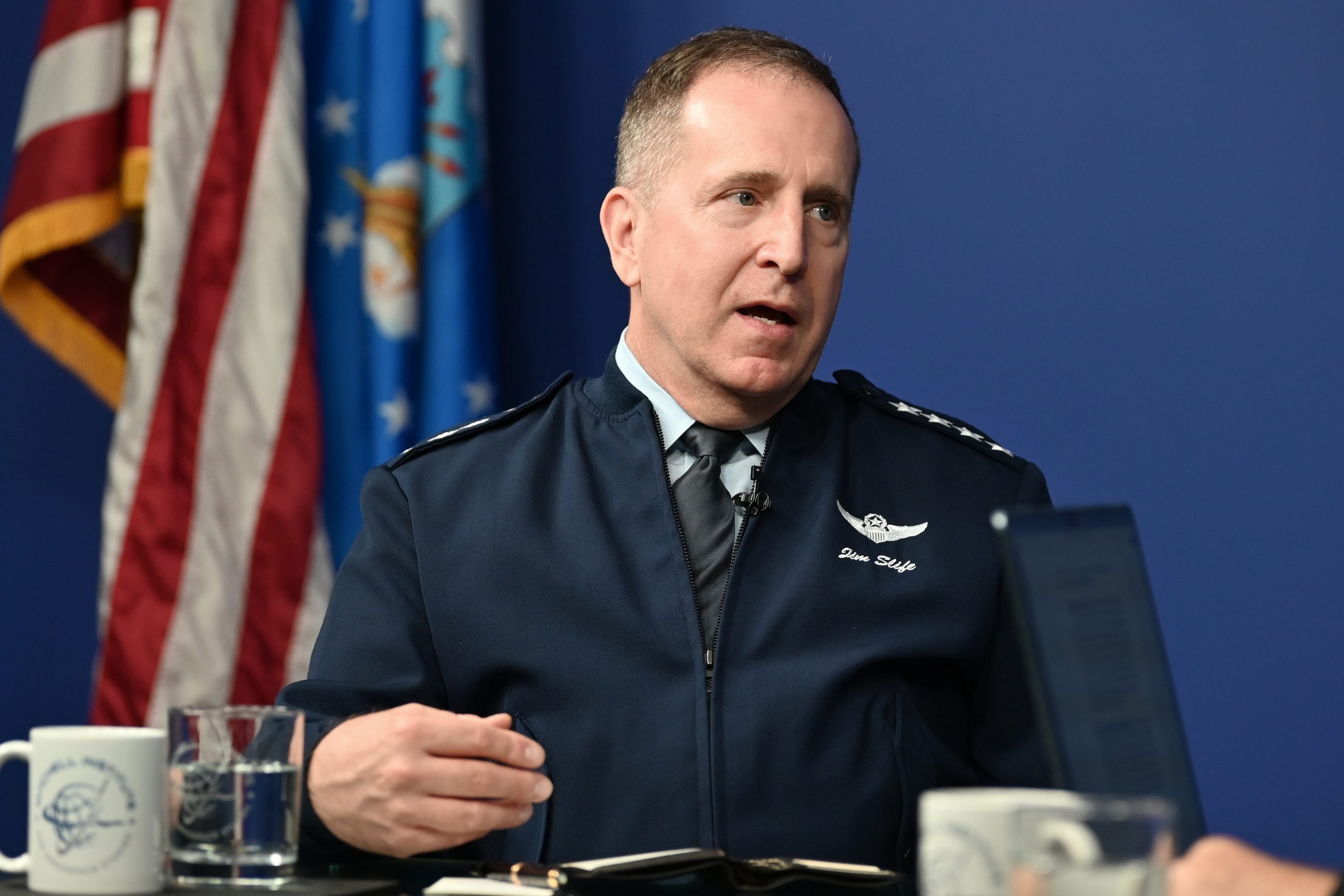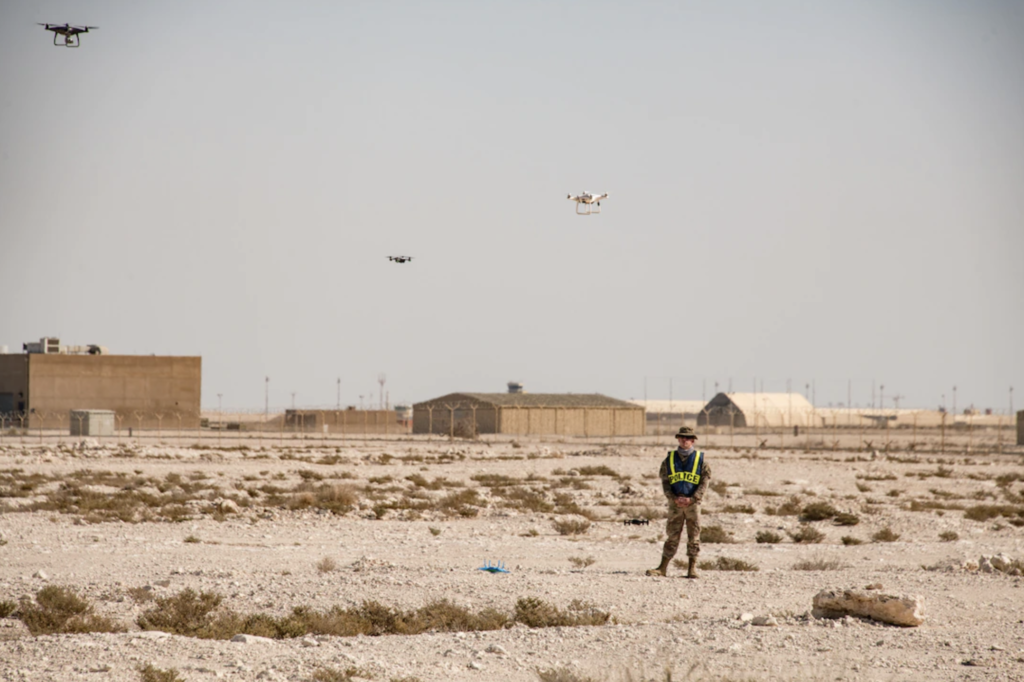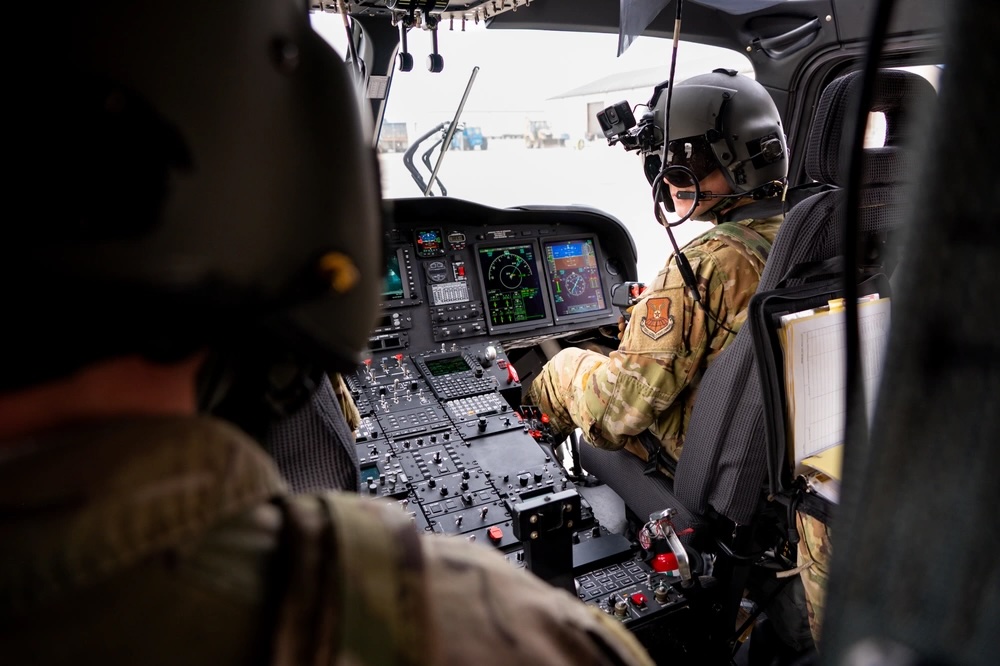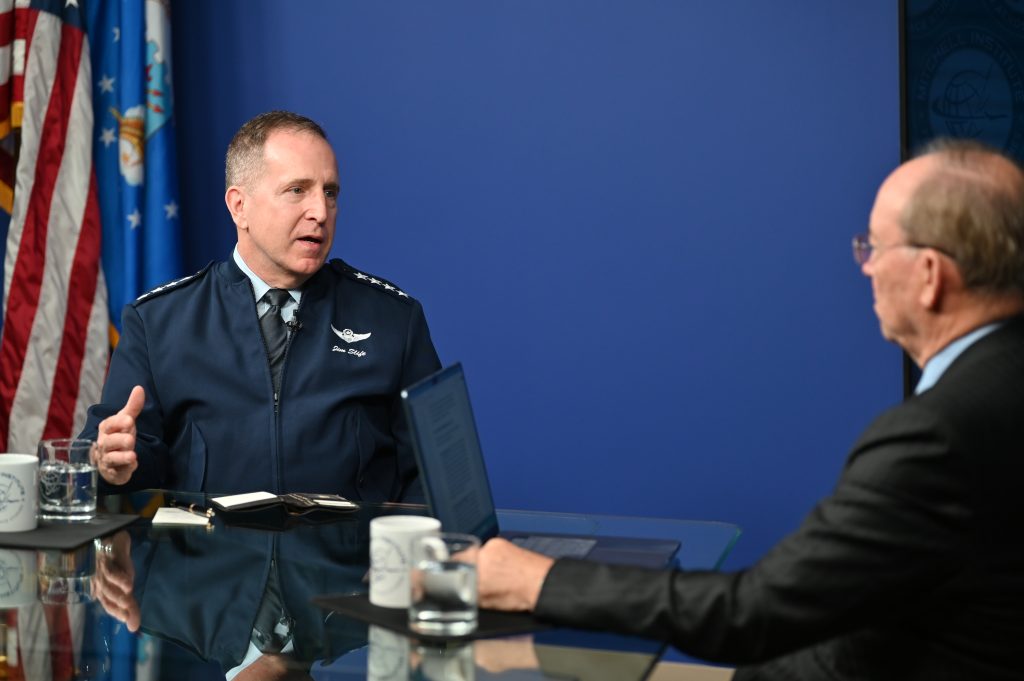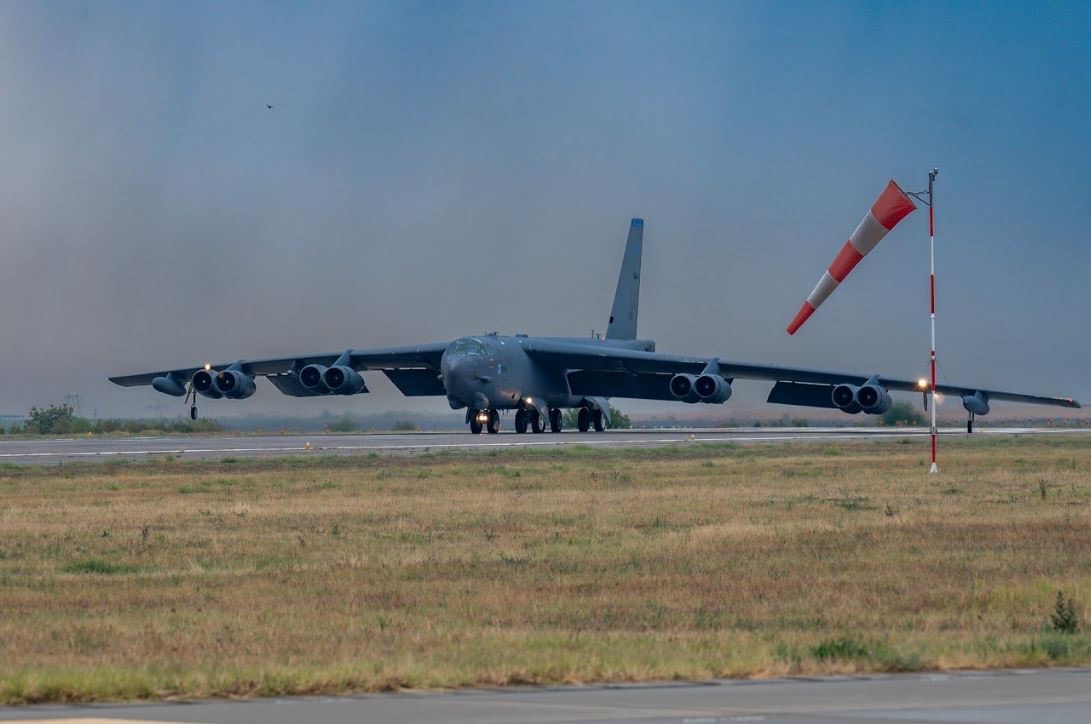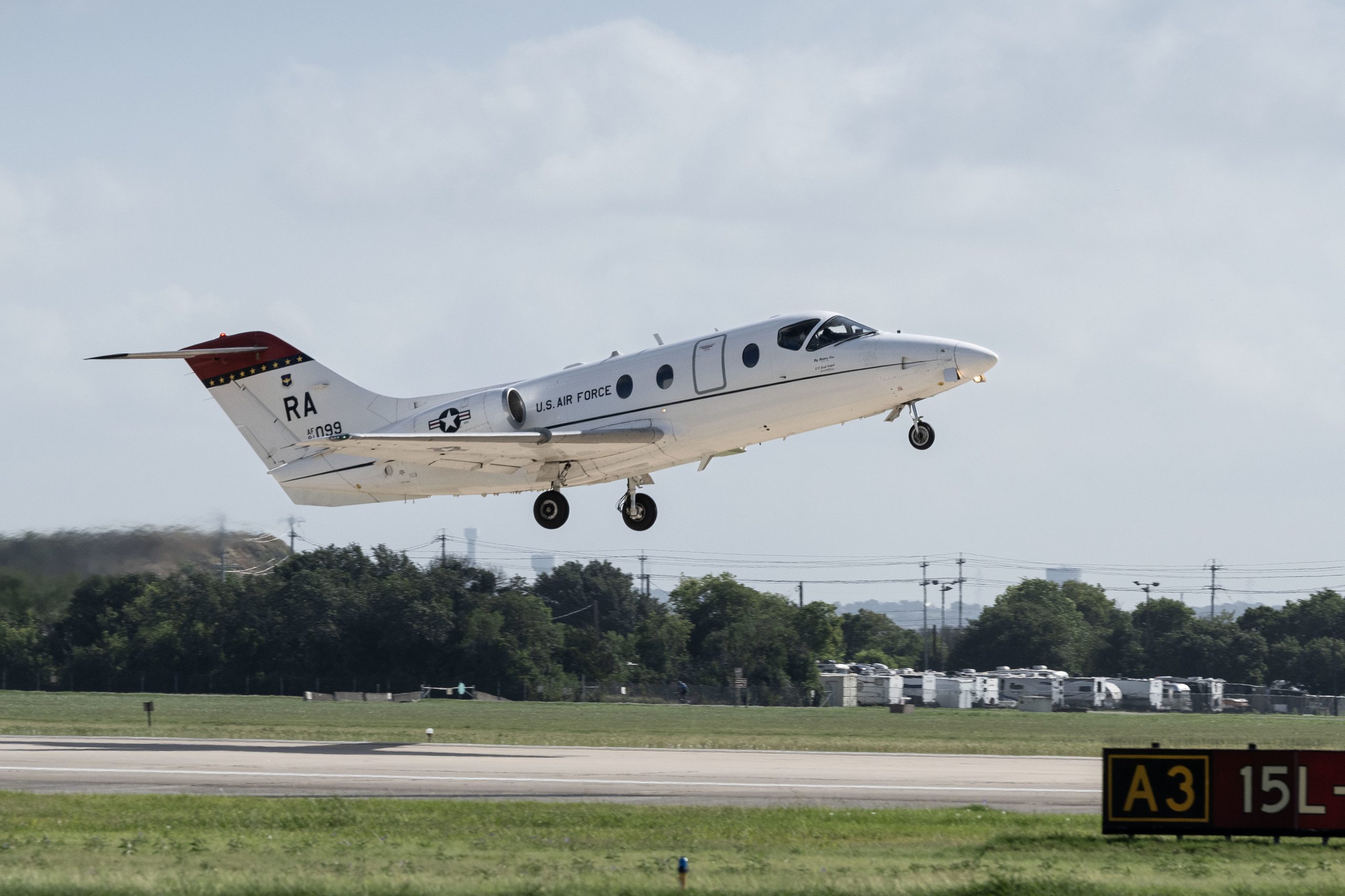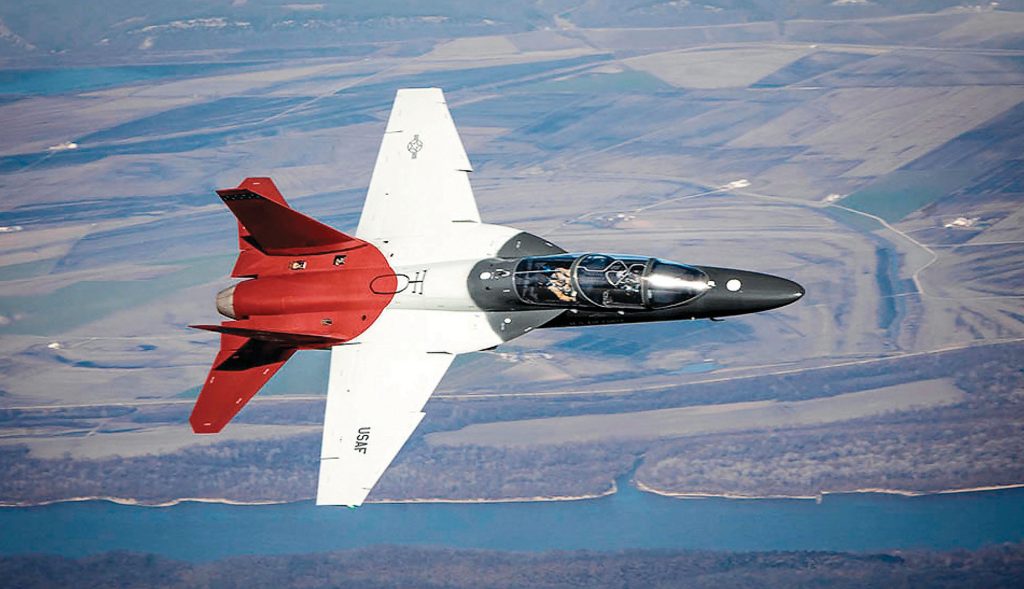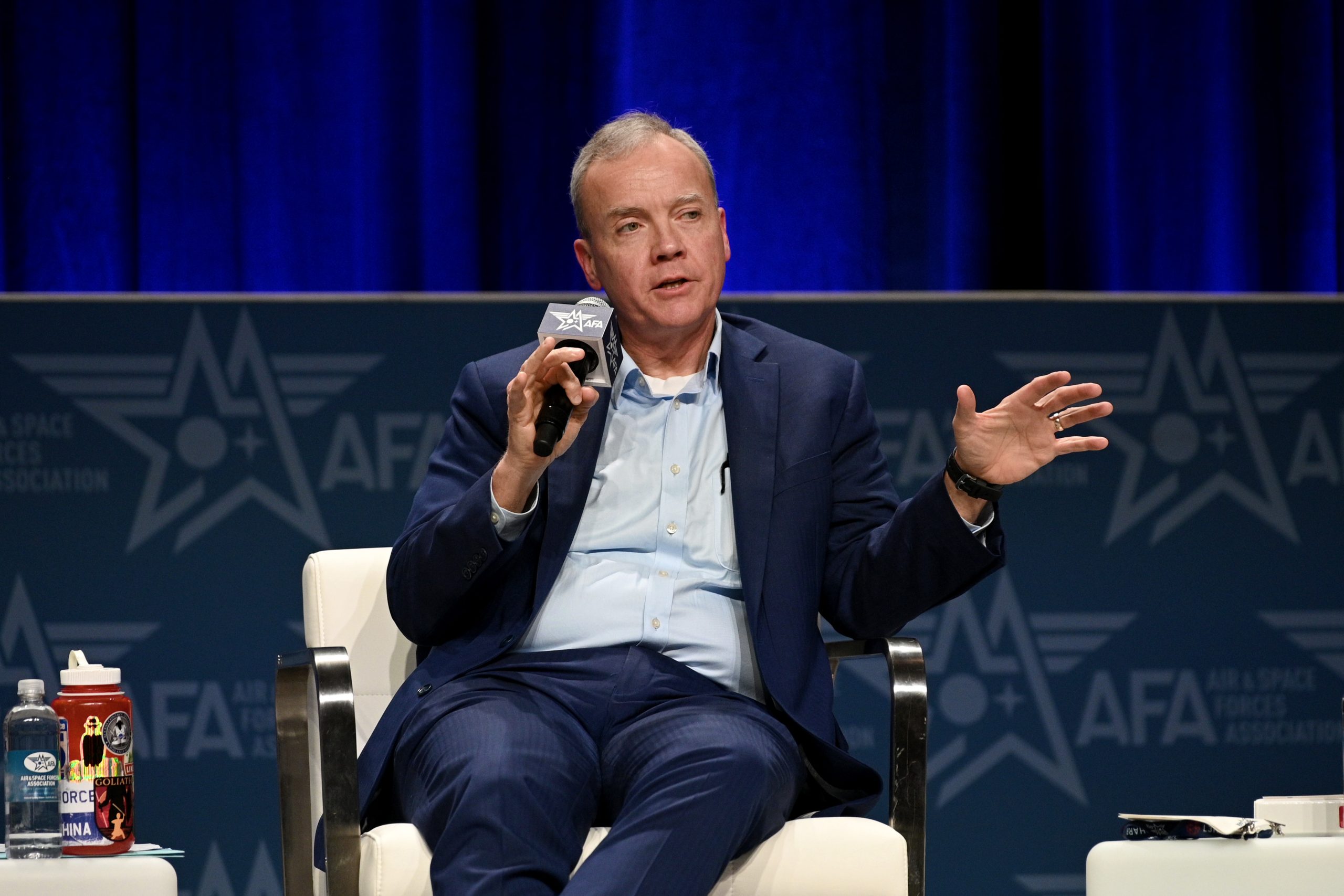For the first time in more than 60 years, a group of Airmen have punched their tickets to become warrant officers. The Air Force announced an initial cohort of 78 Airmen from across the Active-duty, Reserve, and Air National Guard total force who will attend the newly-created Warrant Officer Training School at Maxwell Air Force Base, Ala. starting this October.
“These Airmen are poised to assume critical roles as technical experts, functional leaders, and advisors within their specialized domains,” Air Force Chief of Staff Gen. David Allvin said in a July 29 statement. “They possess the cutting-edge skills we need to address the multifaceted challenges of today’s dynamic security landscape.”
The Air Force and Space Force are the only military services currently without warrant officers, who fill technical rather than leadership functions in the other military branches. But today, the Air Force sees the reintroduction of warrant officers as a way to maintain an edge in two fast-moving technical fields: information technology and cybersecurity.
“With perishable skills, like cyber, like IT, where the technology is moving so rapidly, folks who are experts in that can’t afford to be sent off to a leadership course for eight or nine months,” Alex Wagner, assistant secretary of the Air Force for manpower and reserve affairs, said April 9.
Up until July 29, the Air Force’s public plan was to graduate 60 warrant officers in two 8-week classes: the first starting in October and the second starting in early 2025. But the new announcement boasts 78 selectees across three classes. The Air Force could not immediately answer why the number had increased or when the third class would take place, but the announcement said the first warrant officers are still expected to arrive at their new duty stations in early 2025.
The larger number is a good sign for the 433 eligible Airmen who submitted complete applications for the program. With just 60 slots available, the rejection rate was 86 percent, but with 78 slots, that falls to 82 percent. If all 78 selectees graduate from the program, it also means that the Air Force will enjoy more technical experts in cyber and IT.
Still, what makes a warrant officer is not only technical expertise, but also communication skills, strategic understanding, emotional intelligence, and ethical decision-making, Maj. Nathaniel Roesler, the school’s commandant, told Air & Space Forces Magazine earlier this month.
“We’re not trying to make warrant officers into better cyber operators,” he explained. “They come to us with those skills, with years of practical experience. What we’re doing with them is building them into … the Air Force’s leading professional warfighters, technical integrators, and trusted advisors.”
It is not clear at this point if the Air Force will hold classes for more warrant officers in the future, but if it does, applicants who did not make the cut this time can apply for those future boards, a service spokesperson said.
